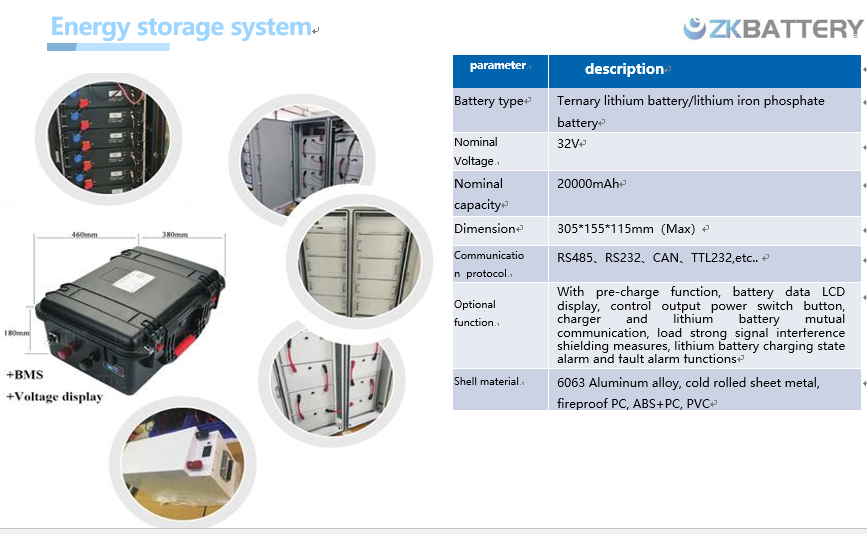With global climate change and frequent natural disasters, how to quickly and efficiently provide emergency housing to disaster-stricken areas has become an important challenge faced by governments and humanitarian agencies. In this context, Mobile Container House has become an ideal choice for emergency housing and post-disaster reconstruction due to its easy transportation, quick assembly and strong durability.
Rapid deployment to solve emergency housing needs
During the golden rescue time after a disaster, it is crucial to quickly provide a safe living environment for displaced victims. Traditional temporary housing solutions often require a long time to build, while Mobile Container House has the advantage of rapid deployment. The basic structure of container houses can be prefabricated in factories and transported to the disaster area by truck or cargo ship. After arriving at the site, it only needs to be simply assembled to form a complete housing unit. This rapid response capability makes it the first choice for emergency resettlement in sudden disasters such as earthquakes, floods, and hurricanes.
Sturdy and durable, adaptable to harsh environments
The environment after natural disasters is often full of uncertainty, including aftershocks, bad weather, etc. Mobile Container House adopts a sturdy steel structure that can withstand strong winds, rain and earthquakes, ensuring that disaster victims can have a safe living space under harsh conditions. Compared with traditional tents or temporary residences built with lightweight materials, container houses are more stable and reliable, can be used for a long time, and can even be used as transitional housing during post-disaster reconstruction.
Modular design to meet multiple needs
The modular design of Mobile Container House makes it not only limited to providing basic living functions, but also can be flexibly converted into functional areas for different purposes according to needs. For example, during the emergency resettlement process in the disaster area, container houses can be transformed into clinics, toilets, kitchens, etc., and can even be spliced into schools, command centers or warehouses. Due to the modular design, container houses can be quickly adjusted and expanded according to on-site needs, thereby providing comprehensive support for post-disaster recovery.
Environmental protection and energy saving, promoting sustainable development
Among the options for emergency housing, Mobile Container House stands out for its environmental protection and energy saving advantages. First, container houses usually use recycled waste containers as basic materials, reducing the demand for new building materials and reducing carbon emissions. Secondly, container houses can install solar panels and rainwater collection systems as needed to achieve resource self-sufficiency. These environmental protection measures not only reduce the energy pressure in the disaster area, but also provide a demonstrative case for sustainable post-disaster reconstruction.
Reusable, reducing long-term costs
Unlike disposable temporary housing, Mobile Container House has a long service life and can be reused. After the post-disaster reconstruction is completed, the container house can be disassembled and transported to other disaster areas or used for other purposes, greatly improving resource utilization. This sustainable housing solution not only helps the disaster area save long-term costs, but also reduces the generation of construction waste, which is in line with the modern green building concept.
Successful cases and wide application
In recent years, Mobile Container House has been widely used in post-disaster reconstruction projects around the world. For example, after the Haiti earthquake in 2010, international relief organizations used container houses to provide safe temporary shelter for thousands of victims. Similarly, after the Fukushima nuclear accident in Japan in 2011, container houses were also used to provide emergency housing for affected areas. In addition, in countries such as China, India and the Philippines, which are often affected by natural disasters, container houses are also increasingly used for post-disaster resettlement and reconstruction.
In short, in emergency housing and post-disaster reconstruction, Mobile Container House has become an ideal solution with its advantages of rapid deployment, durability, modular design, environmental protection and energy saving. With the continuous advancement of technology and the increasing maturity of container house design, it will continue to play an important role in future post-disaster reconstruction and emergency resettlement projects, providing timely and safe housing guarantees for disaster victims.

 English
English Español
Español Português
Português русский
русский français
français 日本語
日本語 Deutsch
Deutsch Tiếng Việt
Tiếng Việt Italiano
Italiano Nederlands
Nederlands ไทย
ไทย Polski
Polski 한국어
한국어 Svenska
Svenska magyar
magyar Malay
Malay বাংলা
বাংলা Dansk
Dansk Suomi
Suomi हिन्दी
हिन्दी Pilipino
Pilipino Türk
Türk Gaeilge
Gaeilge عربى
عربى Indonesia
Indonesia norsk
norsk اردو
اردو čeština
čeština Ελληνικά
Ελληνικά Українська
Українська Javanese
Javanese فارسی
فارسی தமிழ்
தமிழ் తెలుగు
తెలుగు नेपाली
नेपाली Burmese
Burmese български
български ລາວ
ລາວ Latine
Latine Қазақ
Қазақ Euskal
Euskal Azərbaycan
Azərbaycan slovenský
slovenský Македонски
Македонски Lietuvos
Lietuvos Eesti Keel
Eesti Keel Română
Română Slovenski
Slovenski मराठी
मराठी Српски
Српски 简体中文
简体中文 Esperanto
Esperanto Afrikaans
Afrikaans Català
Català עִברִית
עִברִית Cymraeg
Cymraeg Galego
Galego 繁体中文
繁体中文 Latvietis
Latvietis icelandic
icelandic יידיש
יידיש Беларус
Беларус Hrvatski
Hrvatski Kreyòl ayisyen
Kreyòl ayisyen Shqiptar
Shqiptar Malti
Malti lugha ya Kiswahili
lugha ya Kiswahili አማርኛ
አማርኛ Bosanski
Bosanski Frysk
Frysk ជនជាតិខ្មែរ
ជនជាតិខ្មែរ ქართული
ქართული ગુજરાતી
ગુજરાતી Hausa
Hausa Кыргыз тили
Кыргыз тили ಕನ್ನಡ
ಕನ್ನಡ Corsa
Corsa Kurdî
Kurdî മലയാളം
മലയാളം Maori
Maori Монгол хэл
Монгол хэл Hmong
Hmong IsiXhosa
IsiXhosa Zulu
Zulu Punjabi
Punjabi پښتو
پښتو Chichewa
Chichewa Samoa
Samoa Sesotho
Sesotho සිංහල
සිංහල Gàidhlig
Gàidhlig Cebuano
Cebuano Somali
Somali Точик
Точик O'zbek
O'zbek Hawaiian
Hawaiian سنڌي
سنڌي Shinra
Shinra հայերեն
հայերեն Igbo
Igbo Sundanese
Sundanese Lëtzebuergesch
Lëtzebuergesch Malagasy
Malagasy Yoruba
Yoruba





